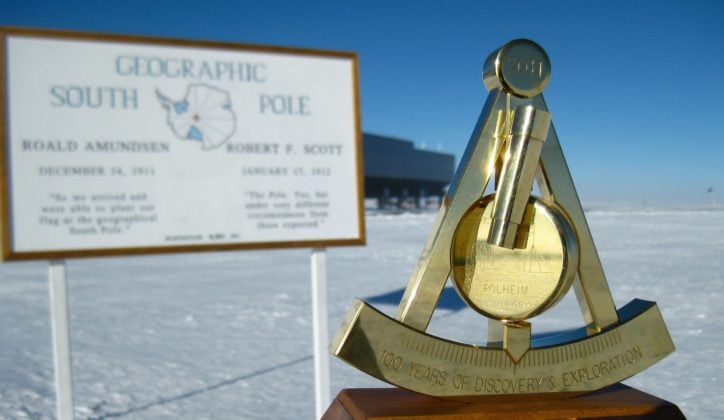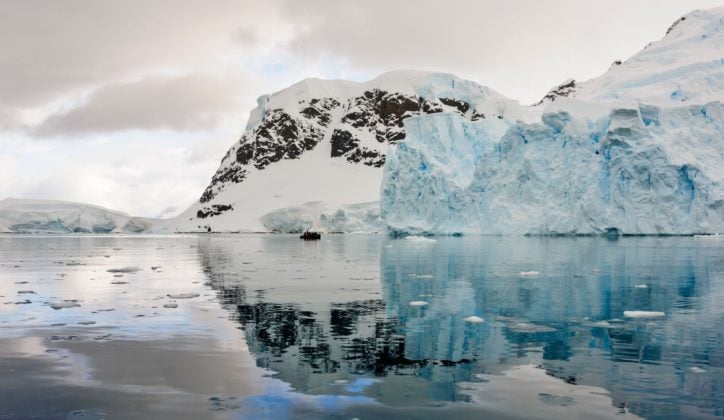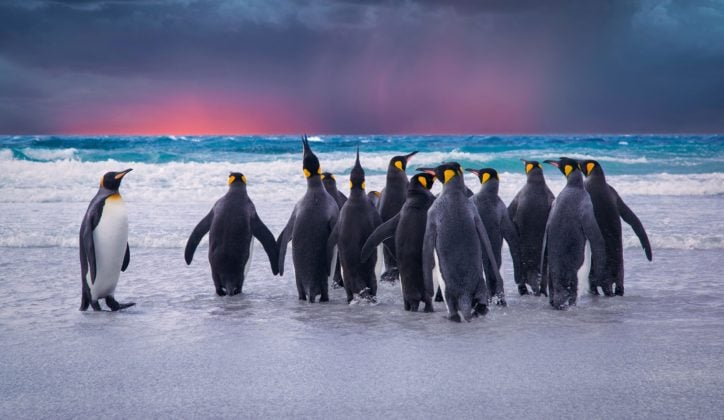Published on: February 25th, 2020
Last updated: August 3rd, 2022
Perhaps the most important things to consider when preparing for your Antarctic adventure is what to pack. Being improperly dressed can be detrimental to your enjoyment of a once-in-a-lifetime adventure, but with the right preparation and equipment you can safely and comfortably explore this far flung corner of the planet.
The average temperature in the Antarctic Peninsula area during the austral summer, which is when you’ll be visiting, hovers around 0°C (32°F), sometimes feeling a little lower because of the wind chill. For this reason, it's best to wear several layers.

What to pack for Antarctica cruises and adventures
Plenty of layers
Base layer:
Thermal underwear and a pair of thermal socks. Ensure that the material is one that ‘wicks’ moisture away from your skin; merino wool or similar is ideal and avoid cotton.
Mid layer:
Trousers (fleece is ideal), a light cotton shirt and a fleece or light down jacket.
Outer layer:
Good quality waterproof outer trousers that are thick and wide enough to go over boots. If you are going on a cruise, some cruise companies may provide a specialist jacket.
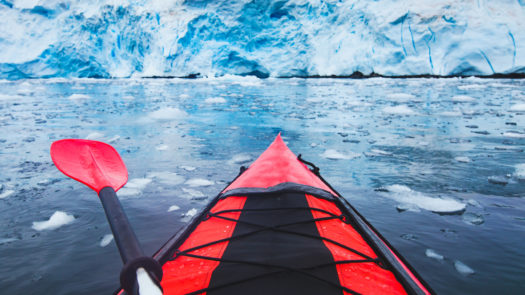
Shoes and accessories
Shoes:
Sturdy walking shoes or sneakers with a good grip sole for the sometimes slippery deck. Boots for shore excursions will be provided.
Accessories:
Thermal gloves or mittens (ski gloves with specially designed finger tips that allow you to use device touchscreens can be a good idea) and a Polar cap, hat, or balaclava hood. Also bring a day pack (ideally with a waterproof cover) for shore excursions.
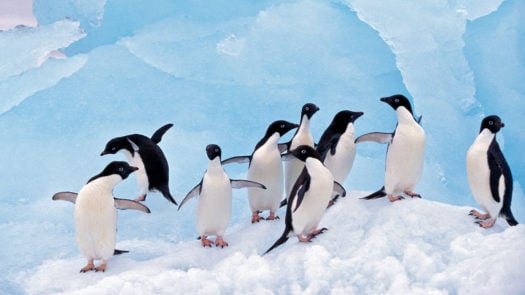
Other bits and bobs
UV protection:
Good quality UV filtering sunglasses, factor 30+ sun block and lip balm. Some people opt for ski goggles which stay secure even on bumpy Panga rides.
Photography:
To see the wildlife you should have a good pair of lightweight binoculars (the suggested magnification is 7x or 8x). If you are passionate about photography, do not forget a good zoom lens to shoot wildlife while avoiding close approaches. Also, take with you a good supply of memory cards and spare batteries since cold temperatures can impact their performance.
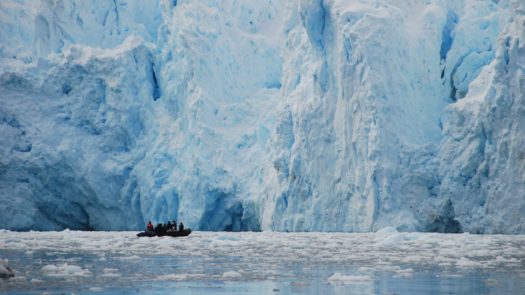
Discover our favourite trips to the Antarctic
Feeling inspired? Get in touch to start planning your perfect Antarctic adventure today...




